7 Mins Read
My first ever attempt with a cloth nappy was a disaster. A total disaster. There was mess everywhere. And by mess, of course I mean poo. There was poo everywhere. Determined to do better the next time I gorged on Pinterest, Google and Instagram, until I thought I had it all figured it out, and was ready to rock cloth nappy #2. Except I didn’t. Attempt number two was also a disaster. Not as bad as the first, but enough to have me seriously questioning how anyone could advocate for cloth nappies. After just two attempts I was ready to call the whole thing off. Which is the probably the most important lessons when using cloth nappies. Your first attempt will be a failure. Your next attempt likely not much better. But with just a little perseverance, we quickly got the hang of it.
We decided we would use cloth nappies prior to the birth of our first child. We were motivated by a few different factors such as:
- Toxins: Disposable nappies are literally a sack of toxic chemicals. Dioxins, sodium polyacrylate, TBT, and a host of other chemicals all work to ‘keep baby dry’. The possible side effects from exposure to these chemicals include asthma, respiratory problems, skin reactions, altered liver, impairments to the immune system, just to count a few.
- The Planet: Then of course there is the environment impact of using disposable nappies. They are disastrous for the environment. They are full of chemicals, take 200-500 years to breakdown, taking up acres of landfill in the process. Don’t get me wrong, cloth nappies aren’t perfect (often made from cotton which is not an environmentally friendly crop to grow & harvest), but the thing is you need FAR fewer of them. The average baby will go through 4,000 nappies before they are toilet trained. Which brings me to the last point.
- The Cost: Do you know how much 4,000 disposable nappies will cost you? THOUSANDS of dollars. Yes the 20 or so cloth nappies you need will set you back a few hundred dollars, but then you’re done! What about the laundry bill I hear you ask? We do roughly two extra loads per week. Two loads at 40’C. Hardly onerous, and at that temperature it’s not so bad for the environment either.
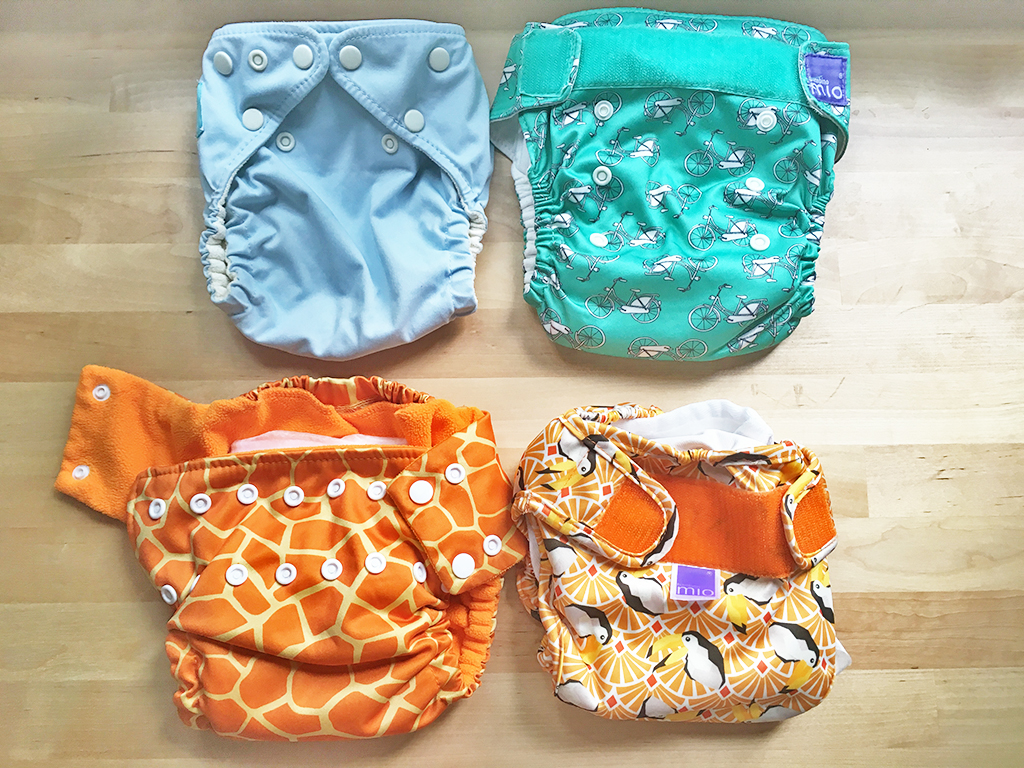
The cloth nappies that were used even just a few years ago were cumbersome, a hassle to put together, frequently leaked, and you would have had to be a die hard ecowarrior to consider using them on a regular basis. Today’s cloth nappies are absolutely as easy to use as their disposable counterparts.
So below is my 10 point guide on how to use cloth nappies, based on all the lessons I have learnt along the way:
#1: Don’t Use Them From The Start
If you do you will absolutely give up and never go back. The wonderful Sofie from Urban Hatch advised us to wait a few weeks before switching to cloth nappies. For starters, you don’t want meconium (a baby’s first stool) getting onto a cloth nappy as you’d never get the stains out. Also the first few weeks of a baby’s life are a marathon run at a sprint’s pace. You are learning so much, in addition to waking every three hours. Pick your battles. This one can wait a few weeks.
#2: Don’t Just Buy The ‘One Size’ Style
If you plan to start from early on (we started around 3 – 4 weeks), unless your baby is very big, you will need some specific ‘small size’ nappies. I tried to put the ‘One Size’ on our seven-week-old son, and even on its smallest setting, it looked ridiculous. To quote my friend Ainslie: ‘He looks like he has his house on his back, like a little turtle!’
 #3: Use (Biodegradable) Liners
#3: Use (Biodegradable) Liners
This is an important point. Especially once your baby starts eating solids. The liners we use are made of bamboo and are biodegradable. When used properly, the liners catch a lot of the really messy stuff, and you literally just drop them into the loo & flush.
#4: Don’t Let The Fear Of Being Literally Up To Your Elbows In Poo Stop You
For starters, that is going to happen no matter what style of nappy you use. And if you are using the disposables properly you are still cleaning out a lot of poo anyway- yes, read the packet! It says to empty the ‘contents’ into the toilet too! And, per the above, if you use liners you will make clean up much, much easier for yourself.
#5: Don’t Over Clean Them
Sounds counterintuitive, I know. But the worst thing you can do to cloth nappies is frequently bleach or soak them. Not to mention that washing them in very hot water will slowly destroy them. To clean cloth nappies you do a rinse cycle, then wash them at 40 C. Over bleaching and washing at high temperatures will cause the nappies to fray & break down.
 #6: Soak Them
#6: Soak Them
You should, however, soak your new nappies overnight (just in water), and then put them through the washing machine on a cold cycle at least once before you use them. Obviously this ensures they are clean before you use them, but more importantly this makes sure they are absorbent. Just like new towels, cloth nappies are more absorbent after they have been washed a few times.
#7: Trial & Error
There are so many different styles and varieties of cloth nappies out there. We use a combination of ‘All-in-One’, and ‘Prefolds’ (image below). Some work better for boys, some work better for girls. Some work better on round babies, some work better on long babies. When you start out, get a couple of each, see what works best for you, and then buy at least 8-10 more of that style. You want a ‘stash’ of at least 20 cloth nappies to ensure you never run out.
#8: Consider Thickness
Thickness is important but not in the way you imagine. Think a big thick cloth nappy is good? No! For starters, absorbency is determined by what the nappy is made from. But more than that, those thick nappies won’t dry in a hurry. This is Hong Kong, most of us have to dry our laundry indoors. You want nappies that will dry quickly, not thick bricks that will take 48 hours to dry. And don’t put them in the dryer. Just as hot water will wreck your nappies, so too will regularly putting them in the dryer.
 #9: Take Advantage Of Discounts & Sales
#9: Take Advantage Of Discounts & Sales
Take advantage of discounts, end of season sales, etc. Have a little boy and the girly style nappies are on sale (or vice versa)? Order up! Unless you plan to have him or her wandering the streets in a nappy and nothing else, no one will ever see what color the nappy is and you will save a lot of money!
#10: Cut Yourself Some Slack
We used disposables at night for the first six months, because it meant we all slept for longer. And when we first switched to cloth nappies during the day, we still used disposables when we left the house for more than an hour. Start slowly, build confidence, and you are much more likely to stick with it.
Anthea Murray is a working first time mom who hails from Australia and now calls Hong Kong home. She is the founder of Nut & Co, a local brand of freshly made almond milk and will be launching her range of organic baby food shortly.
Lead photo courtesy of Pexels; all others courtesy of Anthea Murray.


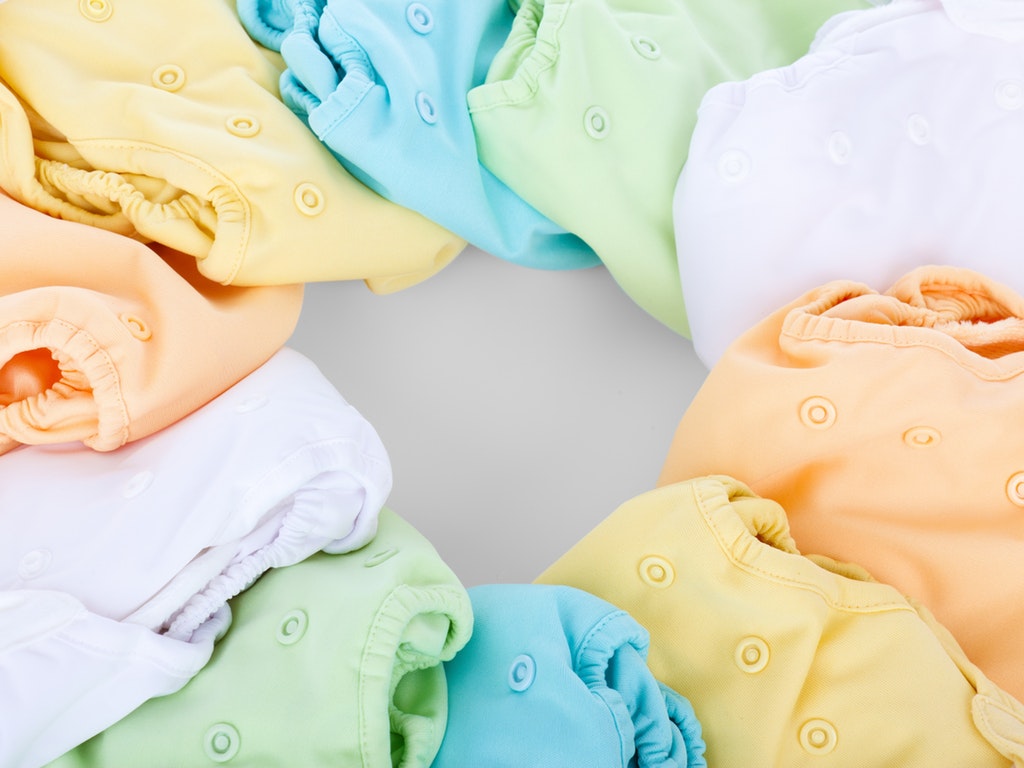
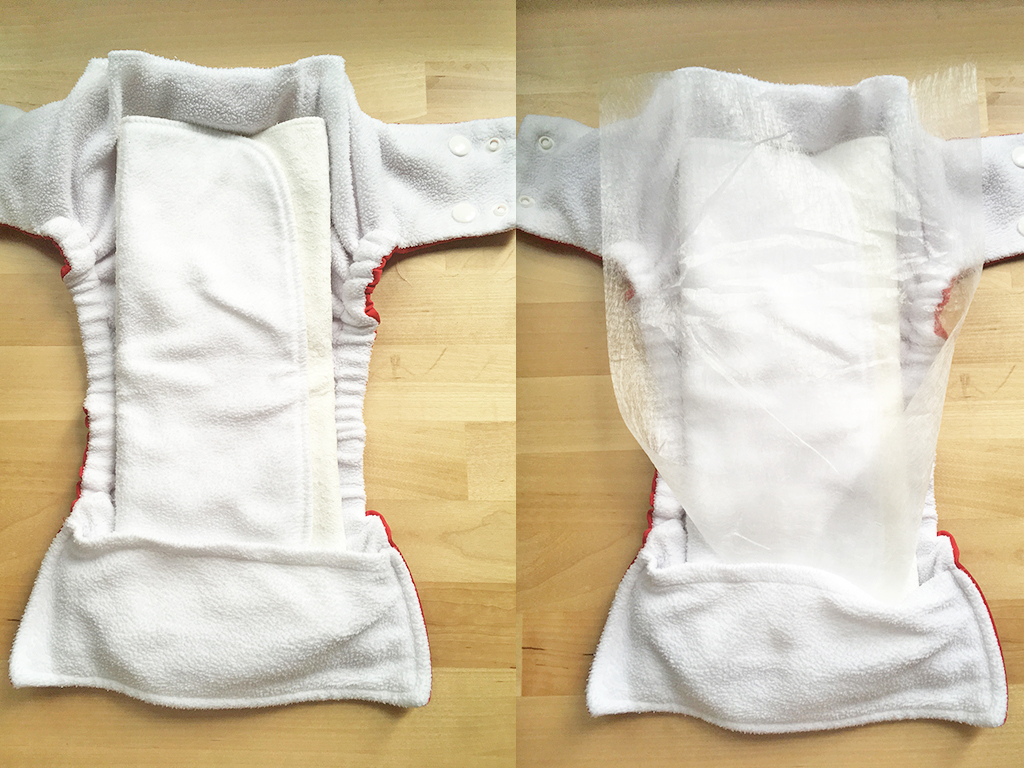 #3: Use (Biodegradable) Liners
#3: Use (Biodegradable) Liners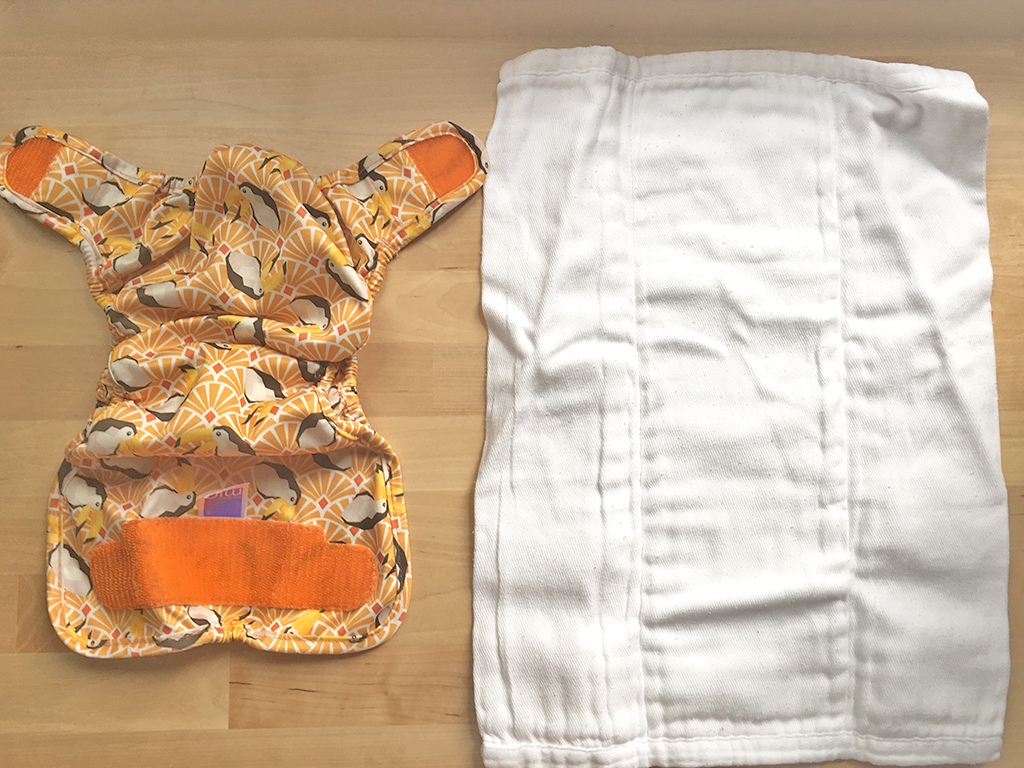 #6: Soak Them
#6: Soak Them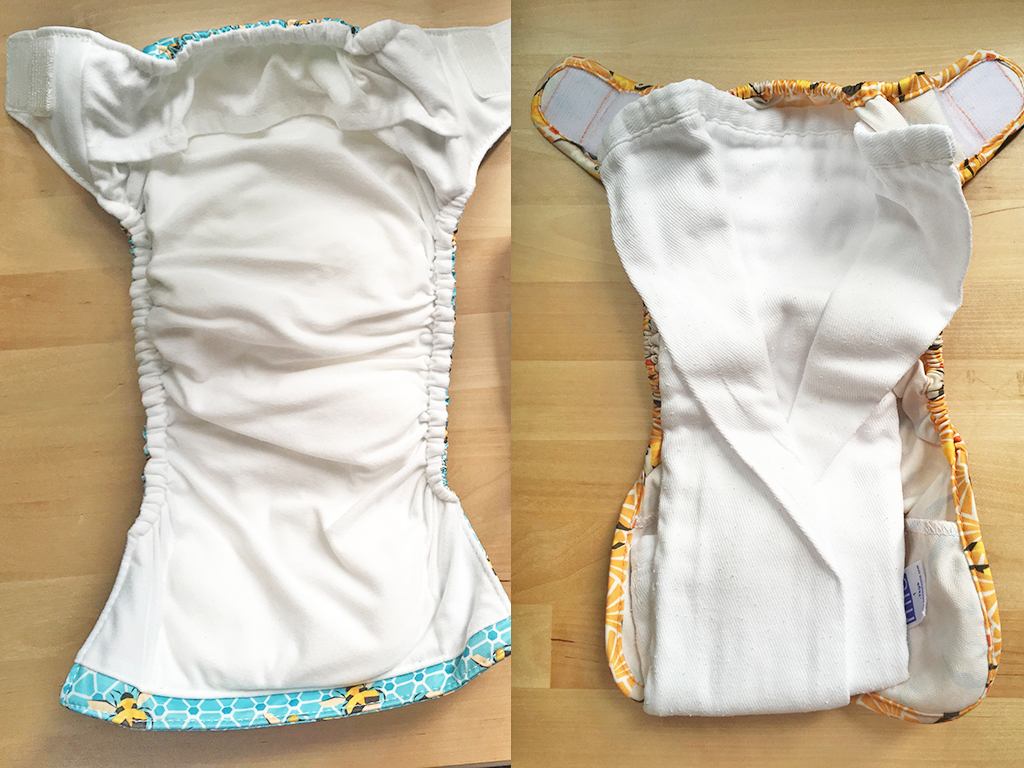 #9: Take Advantage Of Discounts & Sales
#9: Take Advantage Of Discounts & Sales

